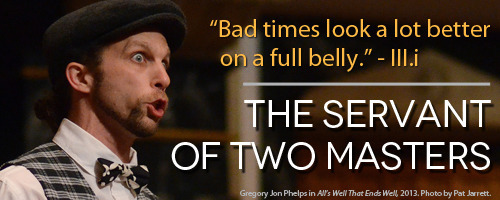What do you think?
Rate this book


98 pages, Paperback
First published January 1, 1745
Truffaldino: In fact, I've got a theory about all those serial killers who've lost their jobs at the post office and come back one morning and blast the place to kingdom come. First, they're in Valium withdrawal, they're not responsible. And second --

